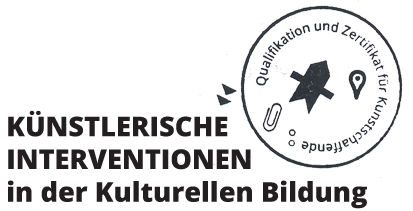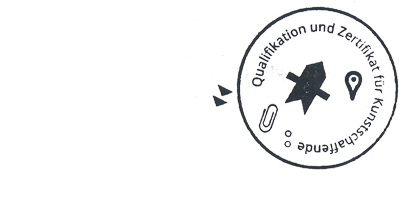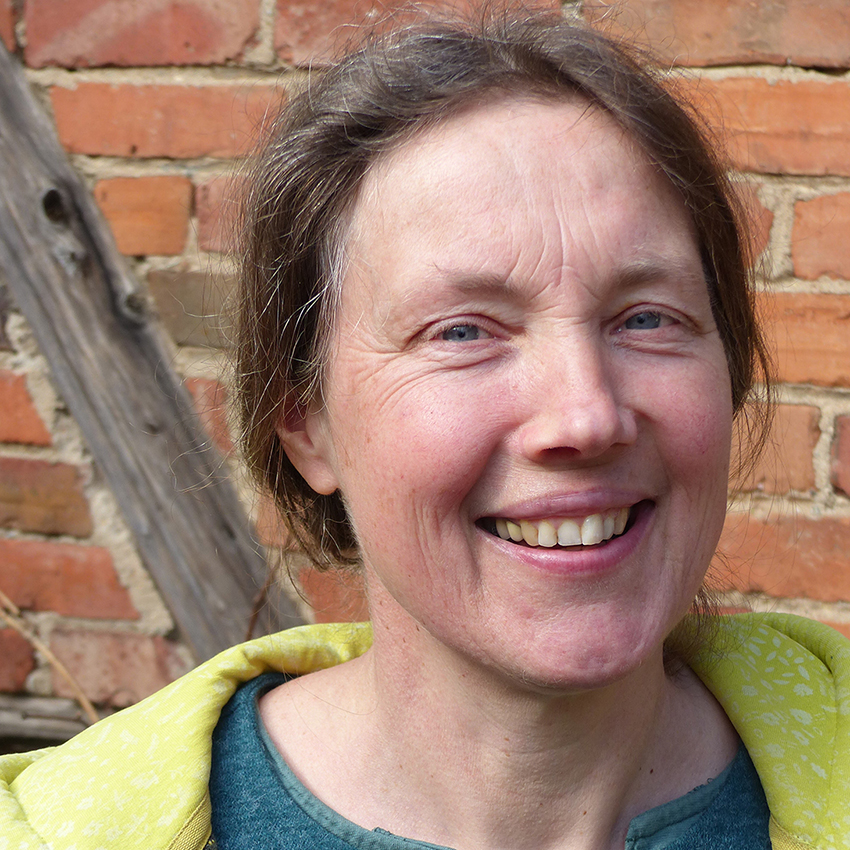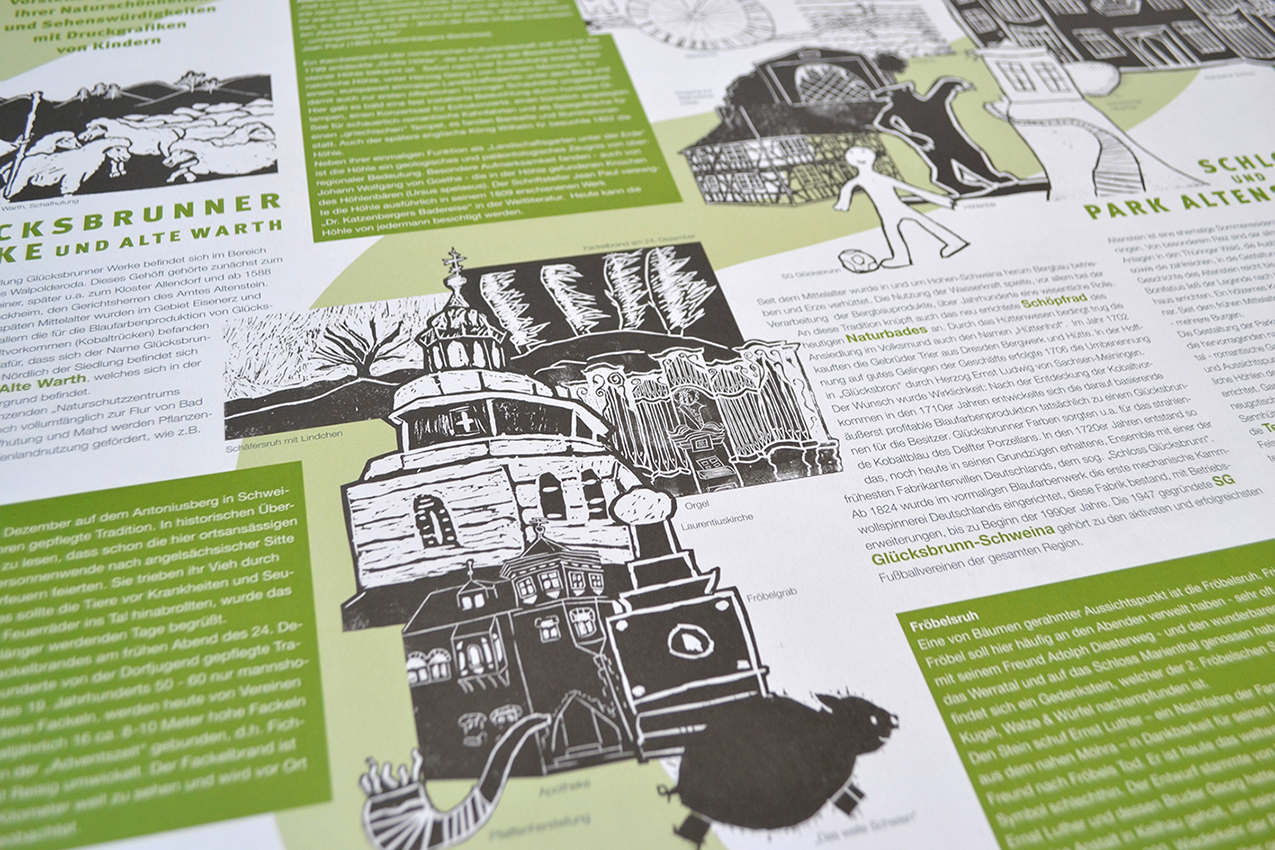



Bea Berthold is a diploma graphic designer. Since graduating at Burg Giebichenstein University of Art and Design in Halle in 1997, she has been working as a freelance graphic designer and exhibition designer. In 1993 and 1994, during a study visit to the People’s Republic of China, she intensively dealt with Chinese calligraphy, which further intensified her love of calligraphy in general. Courses which she heads include some for children and youths such as “Die Bücherfresser” (the book-eaters) or “Die Büchermacher” (the book-makers) at the “Kinder- und Jugendkunstschule Wartburgkreis e. V.”, which she co-initiated and co-founded in 2009.
Contact:
A cultural landscapes map

In coordination with the City of Bad Liebenstein, I designed a tourist map with the cultural sights in the city and its surroundings. Together with schools, the Youth Art School and a planning agency, 50 children drew up lists of what they deemed important sights and highlights, drew them on site, transferred them to the linoleum and then cut and printed it. The result was a unique cultural landscapes map – a project involving children, applied local history, an introduction to artistic intaglio printing techniques and professional marketing in tourism.
What have you taken home from this project for your artistic activities?
I was surprised how happily and enthusiastically the children delved into the activities. They gathered and arranged the various sights to a much greater extent than expected and were eager to cut and print the lino blocks. This boosted my notion of involving children and youths in particular much more strongly in decisions or directly conferring decisions to them and seeing myself merely as an accompanying person. But it is precisely this approach which very often becomes a tightrope walk because the target of sponsored end-products has usually already been set. So, conversely, one ought to give priority to initiating and supporting projects enabling true participation.
Which topic turns up again and again in your artistic activities?
As a graphic designer, I am more of a service provider than a freelance artist. Again and again, I have to arrange and structure things, work out what is important, illustrate it, bring it to the fore. And then there is the question of artistic realisation. It is an interesting balance between freely designing aspects and what the demands of the client are. Here, for me, it is important to sound the limitations, and risk and try out new approaches.
What do you seek to achieve with your arts education activities?
I want to encourage, if not to incite, children, youths and grown-ups to become inquisitive. To me, that is the foundation of trying out new things, experimenting, researching. I believe it is essential to support young people in particular in seeking, finding and also going their very own ways, even if this may mean bucking the trend. This calls for courage and confidence, which can also be roused and boosted by cultural education activities.
What, in your view, is the essence of an artistic intervention in arts education?
Especially if you want to show how one can choose one’s own way of doing things, direct contact, communication, experiencing encouragement by other artists will make everything that much easier. Artists often live, work and think unconventionally, in a visionary or dreamy manner, sometimes quietly and sometimes loudly. They act off the mainstream. They maintain an un-pedagogical approach. Ideally, they are authentic and unfettered by system constraints. To me, directly getting to know one another and working together, debating and experiencing friction with a wide variety of artists is the very essence of artistic intervention in arts education.